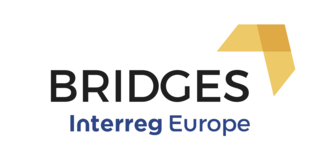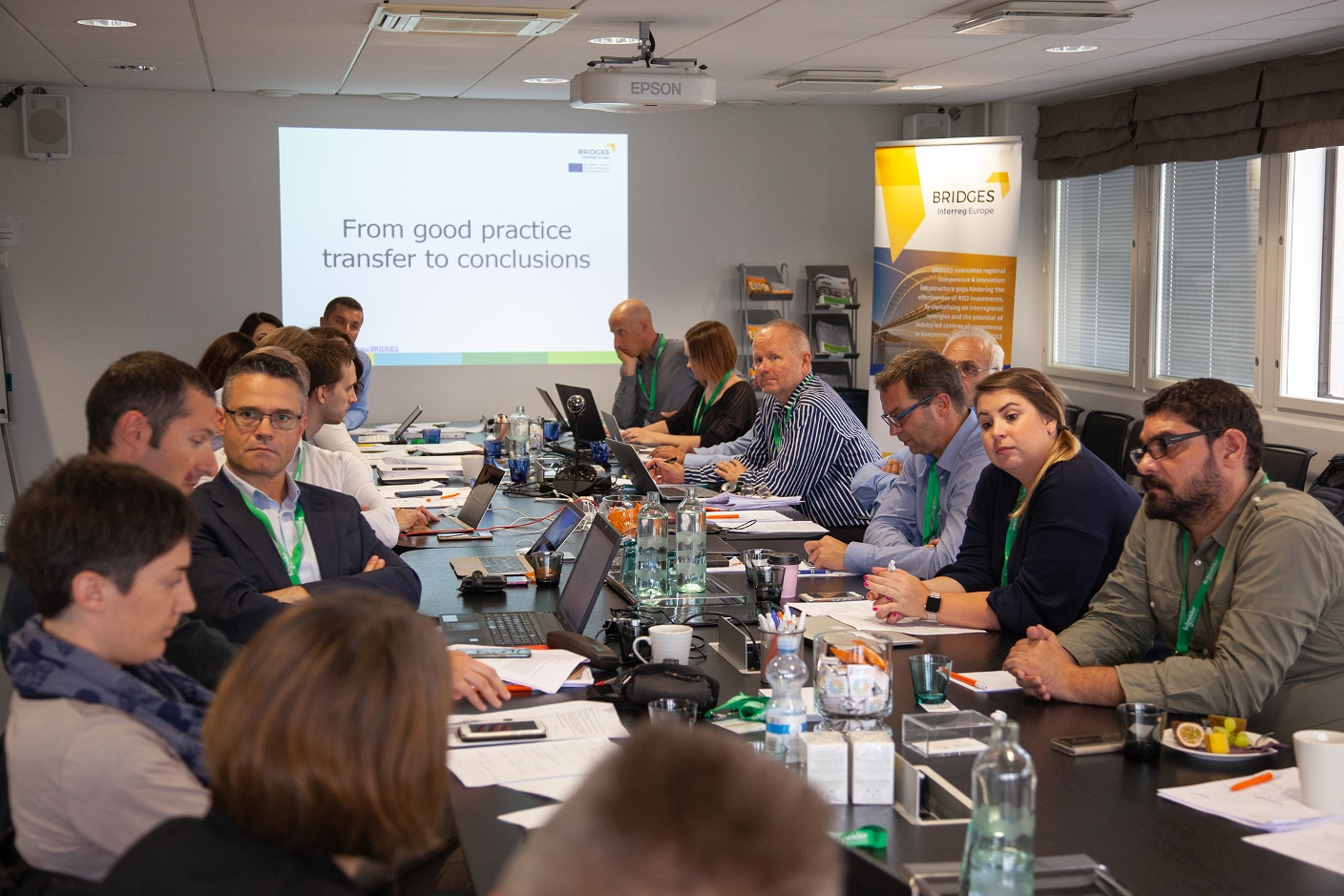The action plan priority areas appear to include: RIS3 innovation infrastructure improvements, organisational adjustments, forest industry sideflows investments & berry industry interregional innovation partnerships, improvement of RIS3 governance and better tools for innovation investments. In addition, interregional research-to-business innovation partnerships have been proceeding, for Uusimaa/ Western Slovenia and Uusimaa/ Western Macedonia.
Reaching this stage was a milestone in the project, a culmination of the first 18 months of the project duration. Not only because a lot of work was required before this milestone could be reached, but also, and above all, it meant we have been able to discuss investments on the ground, i.e. beyond the anticipated policy impact, beyond plans. To summarise our intensive 18 month of cooperation, our key achievements are:
- The innovation maps outlined four types of improvement needs: 1) mismatches between the productive & knowledge bases of the regions (thus confirming also the basic assumption of the BRIDGES project); 2) needs for industrial renewal concepts, especially types of activities linking traditional industries to innovative products, 3) existence of 'lonely riders', i.e. innovation performing businesses in otherwise challenged regions; and above all, 4) systemic weaknesses of the regional innovation systems, e.g. connectivity, coherence, clustering... None of these challenges are found in the innovation advanced region, which benefitted the partnership by sharing relevant good practices and partnerships with their research institutions.
- The good practice (GP) collection, analysis and selection for transfer finally required longer than anticipated. The reason was the need to analyse in depth and select GPs clearly reflecting solutions to regional challenges as discussed through the findings of the innovation maps. We have identified 21 GPs through the BRIDGES project, 17 out of which have been uploaded to the Interreg Europe PLP, and now are at different stages of the validation process with quite a few among them already approved to the IE data base.
- The 2nd readings brought a fresh, knowledge intensive interpretation to the RIS3 potential for Kainuu, Lubelskie, Western Macedonia, Western Slovenia and Western Transdanubia. 2nd readings promoted industrial improvement through sustainability and the circular economy.They opened a larger and more innovation oriented range of options for bio-based economy investments.
Finally, one good thing about reaching this milestone stage, is that we could look back and ask ourselves: does the BRIDGES model work? what have we learnt? what can be generalised for the future? Our finding is that the BRIDGES model, i.e. increasing the RIS3 effectiveness through research-to-business tools and in the process closing knowledge and economic base mismatches, works. And BRIDGES has made its small contribution to it, in the way the feasibility studies are planned. On the other hand, many businesses (feedback from the regional stakeholder group meetings) required interregional innovation services 'on demand'. This request , which is essential, needs to be better understood and more supported, because it can be a systemic development and growth driver.













